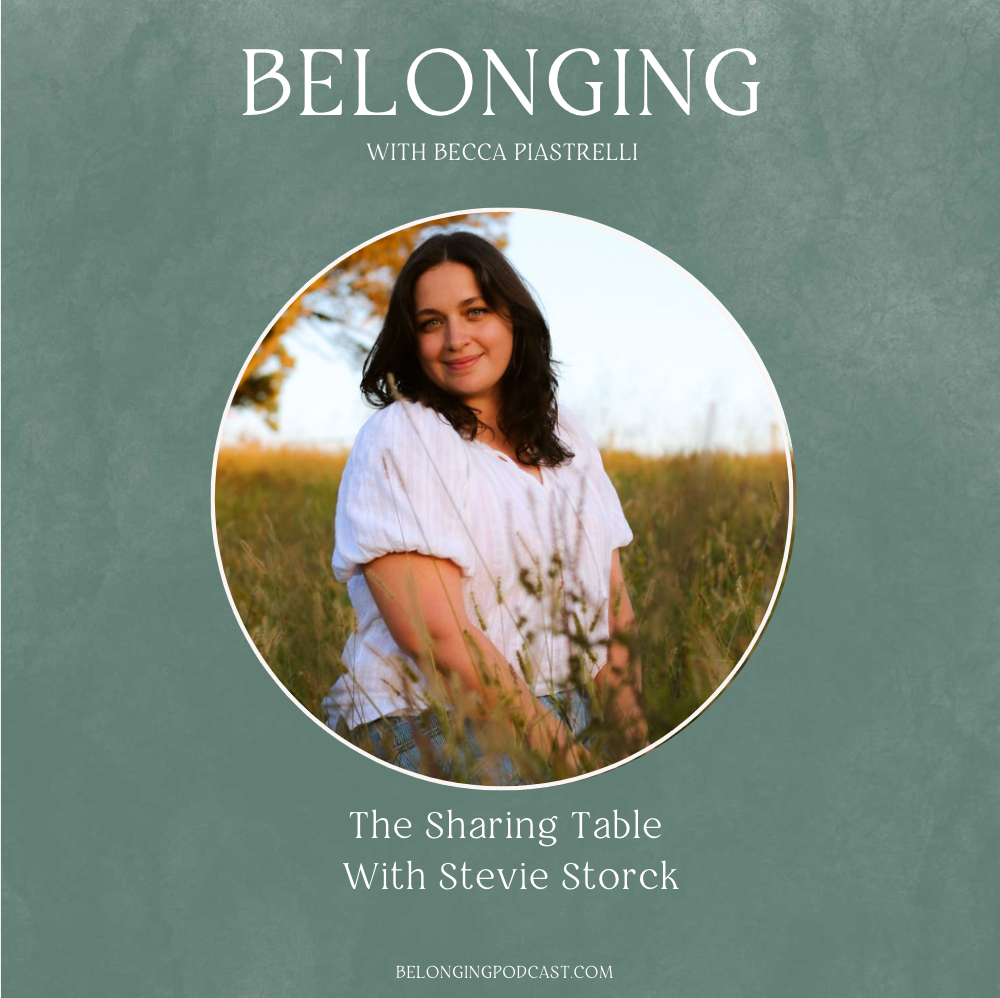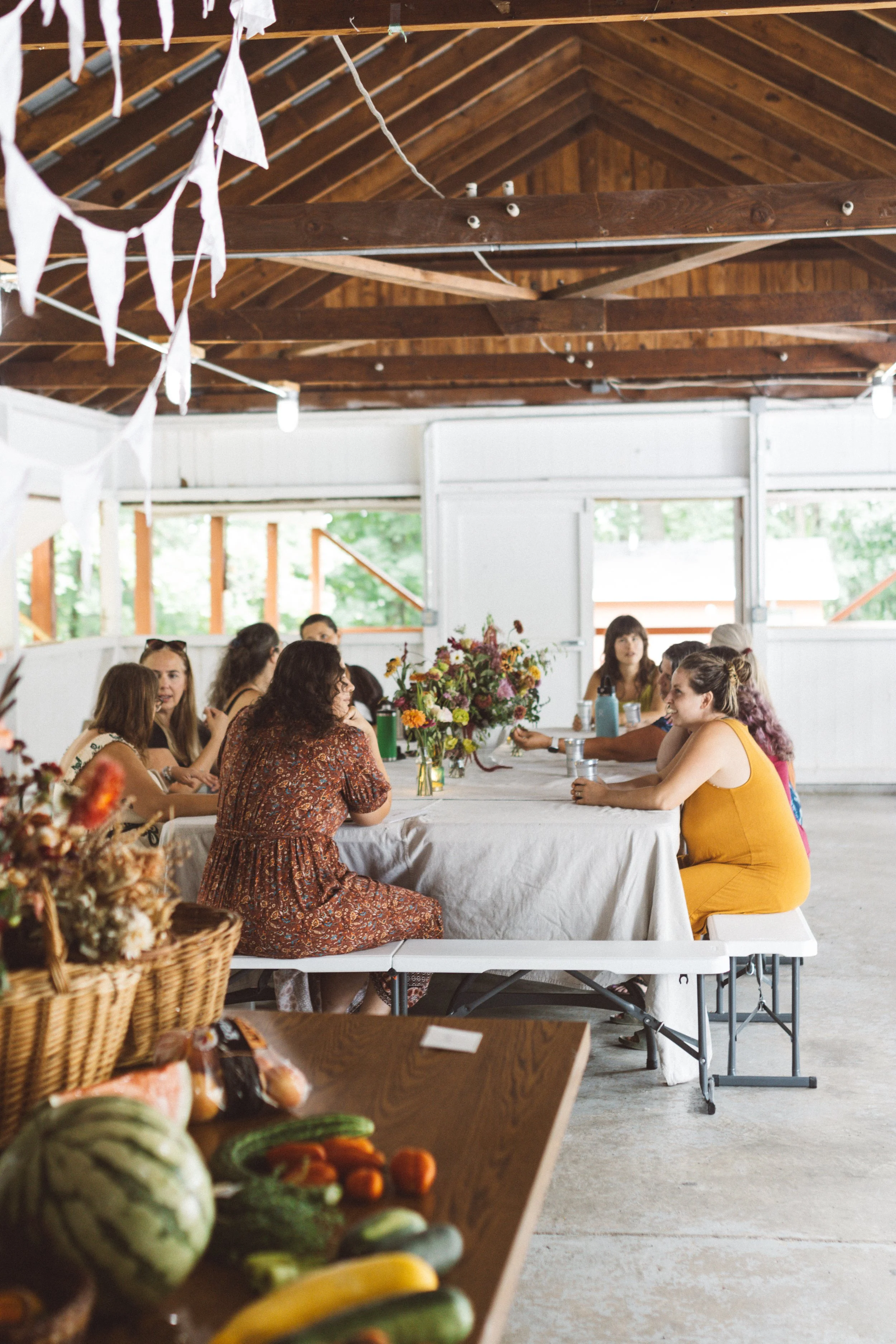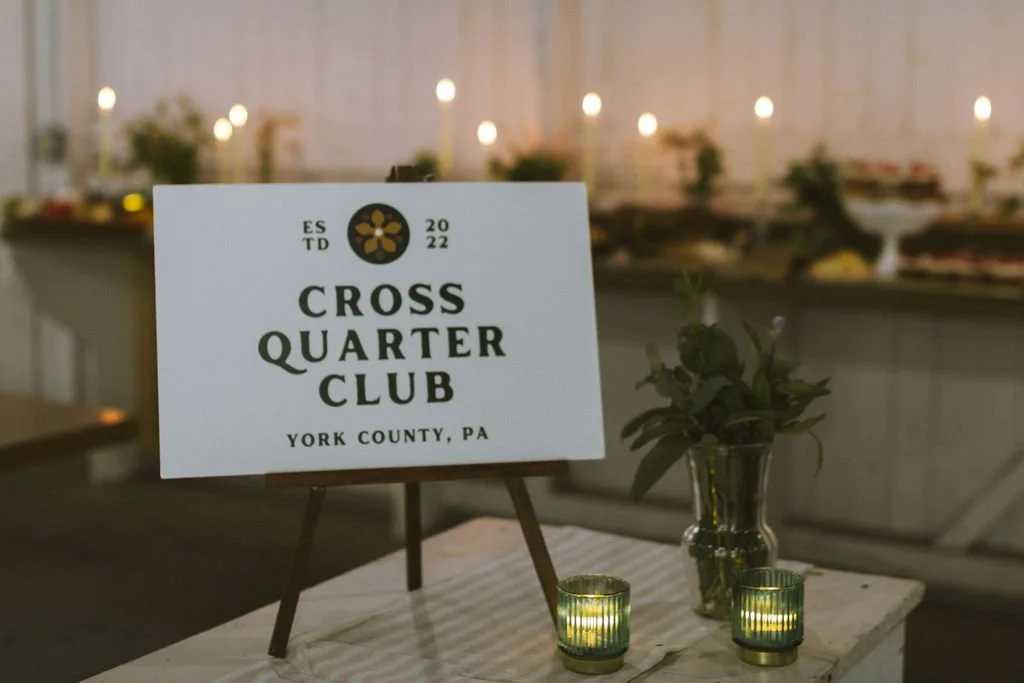The Case for Slow Decorating
Our mostly untouched 1960’s kitchen plus one of the sweetest reasons we haven’t gotten around to renovating it yet…
When you move into a new apartment or buy a home, there’s an unspoken pressure to have the place perfectly put together as soon as possible. And if it’s taking you longer for any reason, you might feel like you are behind and maybe even tempted to put off hosting a housewarming party or inviting friends over until you get XYZ house projects done. Television and social media have us trained to think that having your home fully decorated within weeks of moving in is normal but for 99% of people, that is just so unrealistic!
We’ve owned our home for going on 5 years now and it’s not even close to “done”. The simple reason for that is we were semi-broke 24 year olds when we became homeowners. Buying our first home was very important to us, but since then we’ve had other priorities that took precedent over big renovating projects - like paying down student loans, launching a business and starting a family. For an interior designer and home lover, it’s been tough at times knowing the potential of our house yet not having the resources to realize it; whether that’s because of money or because of time. Seeing all the before and after posts and fast makeovers on blogs and Instagram definitely fueled some comparison and “not enough” feelings for me. I’ve held back on showing a lot of our home here on the blog because I didn’t always feel that the small progress we were making was worth sharing.
But over the years, on shoestring budgets and all by ourselves, we’ve managed to make a lot of progress on this fixer upper of ours. And, by going at it slowly, we’ve been able to live within our means and avoid unnecessary debt while still improving our home.
With the benefit of hindsight and a few extra years of maturity, I can say that there are a lot of positives to planning, renovating and decorating your home slowly. It’s easy to fall into the comparison trap, but now I’m sad that I ever felt ashamed or apologetic about the unfinished state of our home. I love our house! We’ve done a lot to make it our own these past five years (with help from family & friends too!) and we’ve done it on the timeframe that works for us in this season of life. Our house isn’t perfect, but I’m not asking it to be anymore. I’m enjoying the process and not letting my to-do list stop me from appreciating our home and sharing it with others exactly as it is. Read on to learn why I believe more people should embrace this slow and steady approach to home design.
It takes some time living in a space before you know how you really want to use it.
If we were to have gut renovated and furnished our house the first year we owned it, I would have surely made some mistakes. While I don’t think it’s possible to avoid having any regrets when it comes to home design, taking a slower approach has prevented me from wasting money on decisions I hadn’t fully thought through. Just like starting anything new - like moving to a new neighborhood or starting a new job, it takes some time to get your bearings and establish your routines before you necessarily know how to improve anything. For instance, I originally wanted to buy a really long, farmhouse-style table to seat 8-10 for our dining room. At the time, our dining room was large and would have easily accommodated one. But as my business grew and I realized the room I had originally chosen as my home office was just not ideal (it was in the center of our first floor and you had to walkthrough it to get upstairs) we made the decision to swap rooms. What was my small home office is now our cozy dining room and what was our large dining room is now my spacious studio. The new dining room is not big enough for my dream dining table but our beautiful, hand-me-down, midcentury walnut table fits perfectly in that space.
It’s always a good idea to use what you have and doing some experimenting before you start shopping for new things. Move things around, try a layout you may not have considered before and get creative with the furniture you already own. It’s a free way to work through decorating dilemmas and find out what works best for the room so you can shop with confidence later on!
If “on-trend” is your goal, that’s quick and easy. But soulful, unique style takes time.
If you want to develop your own personal style for your home, it takes effort and patience. It’s easy to follow trends and hit “add to cart” but a unique, soulful space requires both personal reflection and creativity. As an interior designer, I believe that our homes should say something meaningful about us. Our homes shouldn’t look like they were ripped from a catalog; they should be as unique as the people who live there. My favorite items in my home are pieces that tell a story - my grandmother’s aluminum colander hanging on our kitchen wall, the comfy leather chair we scored for $20 on craigslist, the artwork loving collected over years of thrift store trips and yard sales.
I’m not against all trends (there are some things that are popular for good reason - because they are classic) but I want our home to feel uniquely ours. I’ve struggled with this off and on, because I choose paint colors and finishes that look beautiful in real life and infuse our home with a certain mood or energy. Anthony and I just prefer living in rooms with darker colors. So our house doesn’t fit the popular Instagram aesthetic of bright and airy white walls with light woods and plants. It does make it harder to get the “perfect shot” but at the end of the day, that’s not what I’m going for. What’s more important to me than how our house looks in a photo is how it feels and functions for me and my family. And I think I’m doing pretty great on that end!
By spreading out purchases over time, you can afford better quality
Moving is expensive. It’s likely that if you are rushing to decorate your home within weeks of moving in, you’ll have to make some sacrifices in order to stay within budget. If you take a slower approach to decorating, you can prioritize the most urgent or important purchases and afford to spend a little more on quality where it’s important to you. If I had a choice between completely furnishing a living room with budget-friendly but not great quality big box store items or buying a well-made sofa and working with the other furniture and decor I have for a while, I would choose the superior quality sofa every time.
I personally believe that furniture isn’t something you should purchase on credit, and maybe you disagree. We are working towards becoming debt-free, so we don’t finance luxuries like furniture, electronics, vacations, etc. Living within our means can be frustrating sometimes, but we know that the sacrifices we’re making now will set us up for a better financial future. There are many ways to furnish your home inexpensively and without taking on unnecessary consumer debt. Going slowly and saving up for just one room or big purchase at a time is one way. I actually wrote a blog titled How to Furnish Your First Home Without Going into Debt five years ago that covers creative ways to stretch your budget, how to prioritize what to buy first, how to handle hand-me-downs, secondhand shopping tips and more.
Plan well, compromise less and enjoy your space for years to come
It goes without saying that the more time and effort you put into something, the better the end result will be. When your home design decisions are rushed or frantic, it shows. If you slow down and take time to dream and search for what you really want, you will love the finished space more AND for longer. When each item is chosen with thought and care, you’ll be less likely to want to switch things up after a couple of months. And when you know what you really want, you’re less likely to compromise in the name of “filling the space”. It’s always better to stick with your original vision for a space than to settle just so you can have it done sooner. It may take some hunting but when you find that perfect item for your room, it’s well worth the extra effort!
I encourage everyone to start the home decorating process by collecting inspiration via Pinterest, magazines, Instagram - wherever! By learning what you like and deciding on an aesthetic direction for your space first (along with planning the layout and some preliminary budgeting) you’ll go into the shopping process with so much clarity and confidence and end up with a much more polished and cohesive room. Read How I Create My Client Inspiration Collages for more tips on curating inspiration for your home decorating projects.











